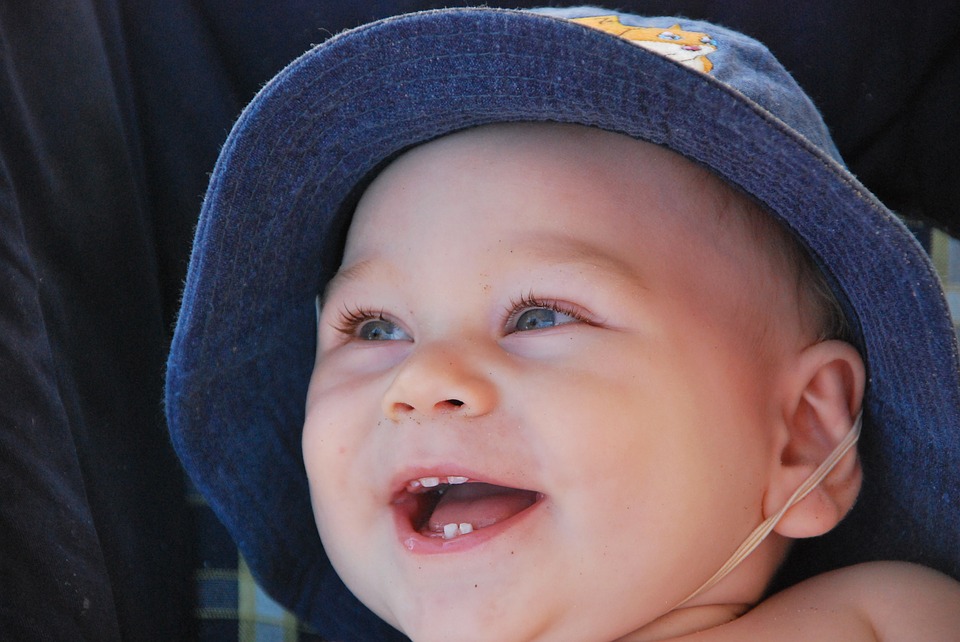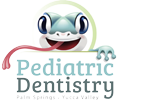Hi everyone, I’m Dr. Lauren Gutenberg, dental practitioner and owner of two private pediatric dental practices in the Coachella Valley area – Palm Springs and Yucca Valley. Dr. Niethamer, the office staff, and myself try extremely hard to make the dental visits of our little patients and their parents/families easy, comfortable, calm and fun. We try to provide our patients and families with a wealth of education on oral health without trying to bombard them. I thought I would use this blog as an opportunity to briefly answer some frequently asked questions and to discuss some popular pediatric dental topics. If you have a question or would like to see a topic discussed, please send your question or topic to info@thepediatricdentists.com. Thanks!

Hey Dr. Lauren, when should I start brushing my child’s teeth?
Great question! Good oral hygiene aids in the removal of plaque, which is the combination of food and bacteria, from the teeth, gums, and tongue. To help remove plaque even before teeth erupt, parents should wipe their child’s gums twice a day with a wet gauze or washcloth. Brushing of the teeth and gums should begin twice a day as soon as the teeth start erupting. Once teeth erupt, it is best to use a soft-bristled toothbrush in small, circular motions to brush the teeth. Gentle brushing/massaging of the gums where teeth have not erupted is also important because it helps remove plaque and softens the gums for teething. The American Academy of Pediatric Dentistry (AAPD) recommends that when brushing twice a day, a smear or rice-sized amount of fluoridated toothpaste be used for children under the age of three and a pea-sized amount of fluoridated toothpaste be used for children aged three to six. For children who cannot spit, it is best to wipe the mouth, gums, and teeth after brushing with a gauze or washcloth. Wiping the teeth and tissues of the mouth can help aid in removal of the excess toothpaste and also gets rid of sticky plaque. Rinsing with water after tooth brushing should be avoided for all children. This prevents removal of the fluoride in the toothpaste which aids in prevention of cavities. Sometimes in very young children, toothpaste gets slimy and creates excess foam which can prevent the removal of all the plaque from the teeth. In these cases, the child’s teeth can be brushed first with a dry or slightly wet toothbrush without toothpaste, followed by wiping with a gauze or washcloth. Teeth should look shiny and smooth after brushing and not dull and fuzzy. I hope this answer helps!
